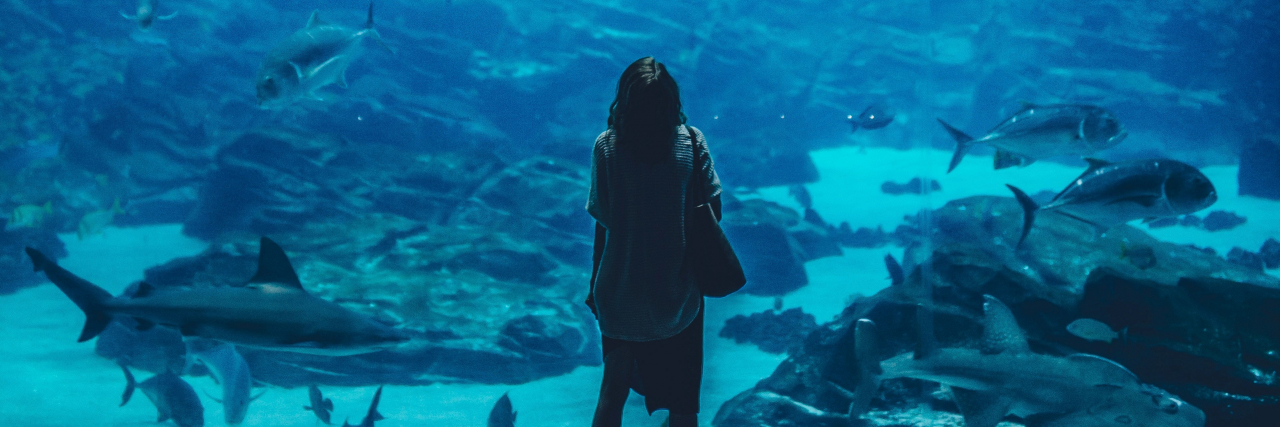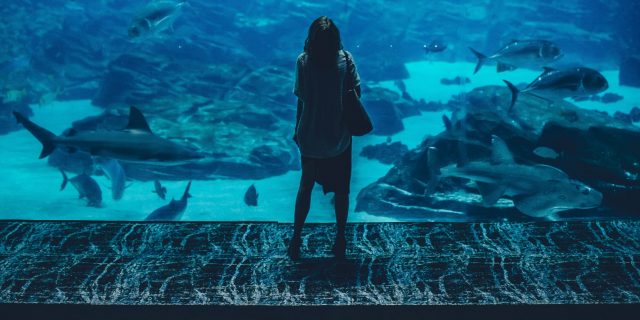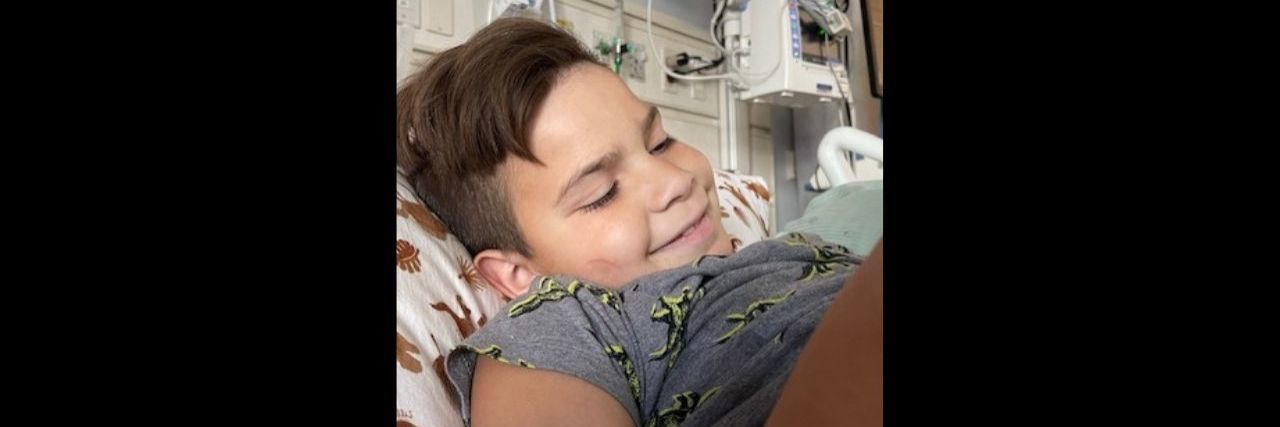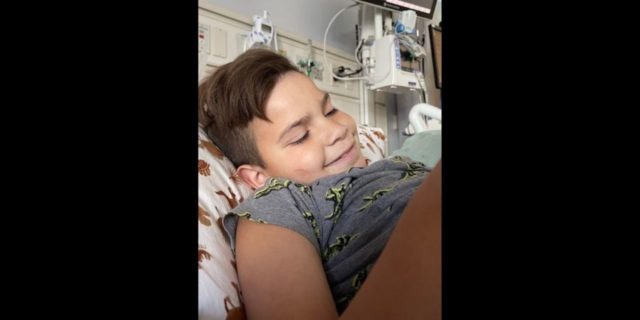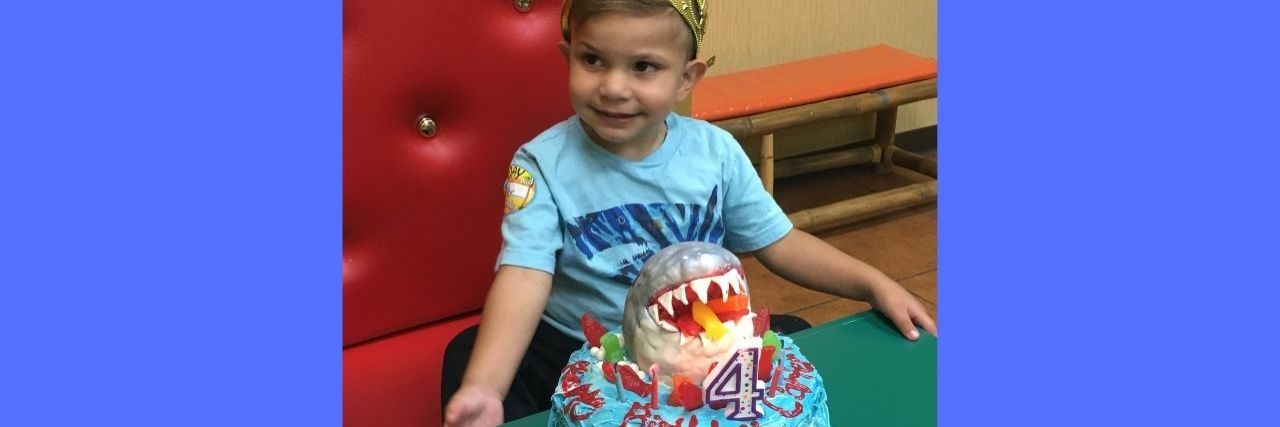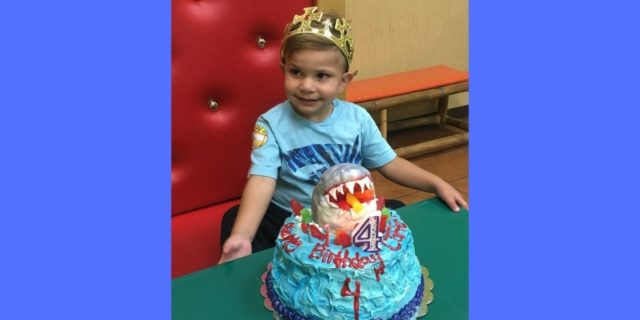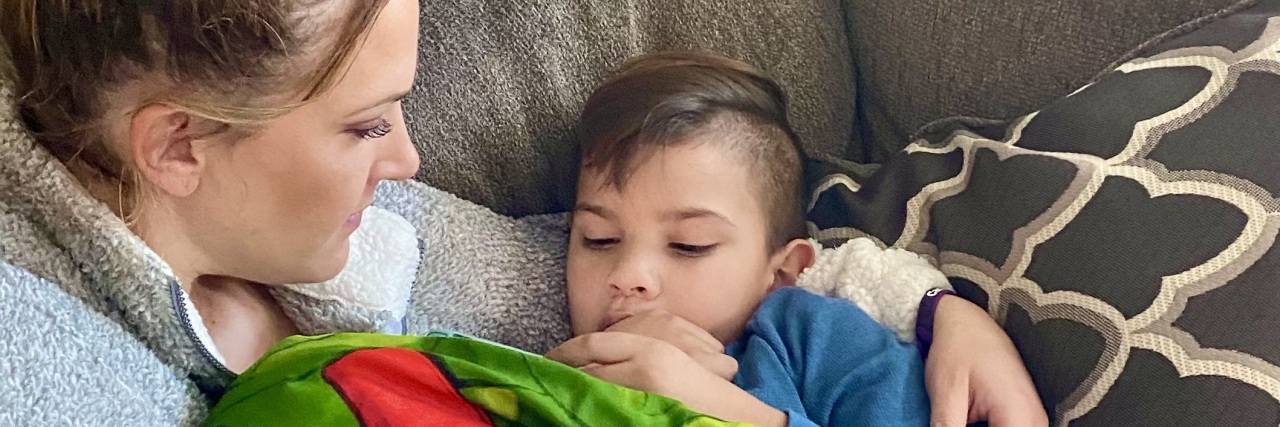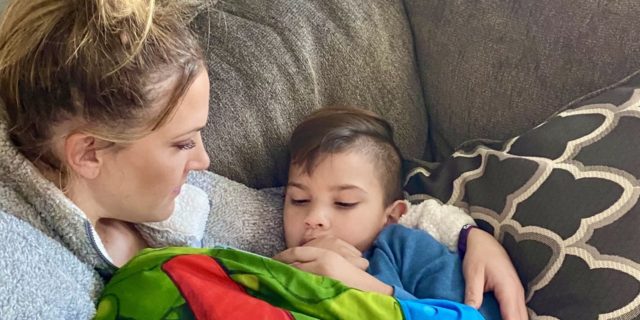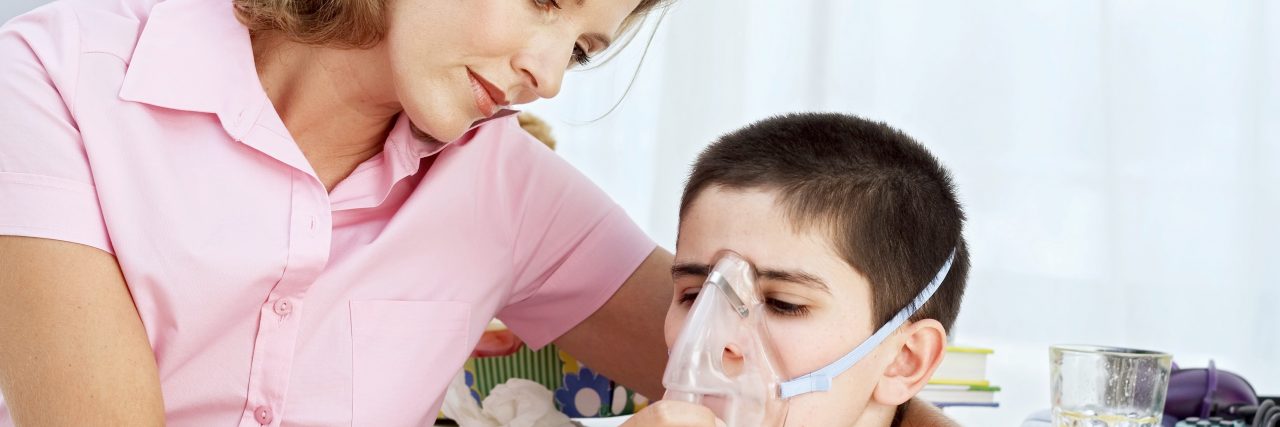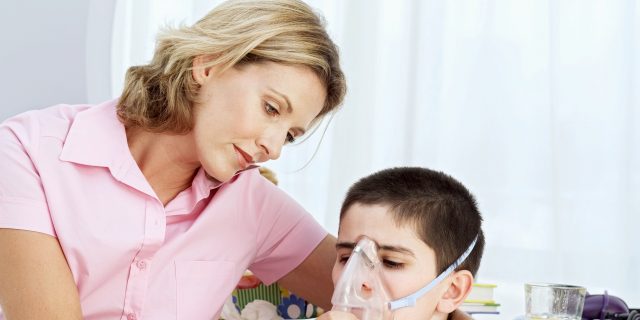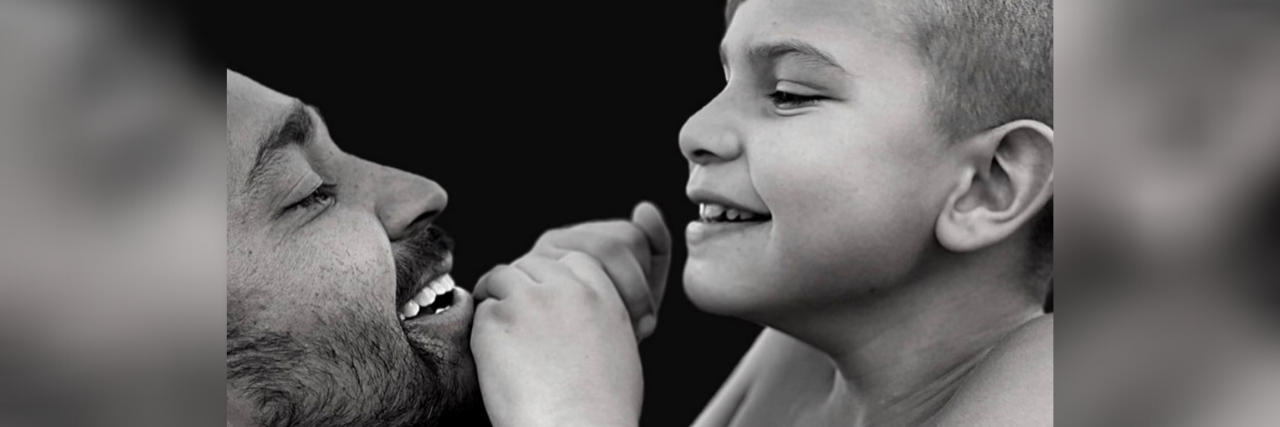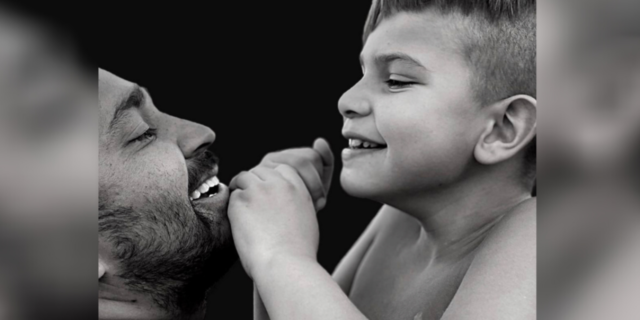Sanfilippo Syndrome and the Ethical Dilemma of Acceptable Risks in Pursuit of Treatment
Sanfilippo Syndrome, a rare and devastating genetic disorder, poses an immense challenge for affected families. This neurodegenerative condition gradually robs children of their abilities, leading to severe cognitive decline, behavioral issues, and ultimately a shortened lifespan. For families navigating this harrowing journey, the concept of a ‘baseline’ risk becomes a critical element in their pursuit of potential treatments and therapies.
The ‘baseline’ risk refers to the natural trajectory of the disease in the absence of any experimental or investigational interventions. Families affected by Sanfilippo Syndrome are intimately familiar with this baseline; it’s the harsh reality they face daily, witnessing the decline in their children’s health and capabilities. In the absence of a cure or effective treatment, this baseline represents an unavoidable and deeply distressing outcome.
The pressing need to discover a solution compels affected families to diligently comprehend and assess all risks linked to experimental treatments or clinical trials. Their unwavering determination to delve into potential treatments, despite the uncertain outcomes or inherent dangers, is rooted in a profound yearning to disrupt the established and devastating baseline—a trajectory that tragically culminates in the pronounced decline and eventual loss of their beloved family members after enduring years of anguish and suffering.
However, the decision to assume these risks isn’t taken lightly. Families meticulously evaluate potential treatments, considering the balance between potential benefits and potential harm. They weigh the promise of a treatment against the uncertainties and potential side effects, often consulting medical professionals and researchers extensively before making a decision. Their choice to embrace risks is driven by a profound sense of responsibility and love for their affected family members.
Yet, amid this pursuit, the question of who should have the final voice in decisions regarding acceptable risk arises. Those without direct involvement or ‘skin in the game’—individuals who aren’t personally affected by Sanfilippo Syndrome—may offer valuable perspectives. Still, it’s crucial to recognize the inherent difference in stakes. Families directly impacted bear the weight of the outcomes, making their voices indispensable in discussions about acceptable risks and potential treatments.
Acceptable risk, in this context, becomes a deeply personal and subjective matter. Families, in consultation with medical experts, navigate a complex ethical landscape, considering the individual needs of their affected loved ones, their hopes for improvement, and the potential risks involved. What might be an acceptable risk for one family might not align with another’s thresholds, highlighting the nuanced nature of these decisions.
In conclusion, the pursuit of treatments for Sanfilippo Syndrome involves grappling with the harsh reality of the baseline risk while navigating the ethical complexities of acceptable risks in search of hope. The primary voices in determining acceptable risks rightfully belong to the families directly impacted by the disease. Their intimate understanding, unwavering love, and relentless pursuit of a better future for their affected members underscore the profound significance of their role in making these critical decisions.
